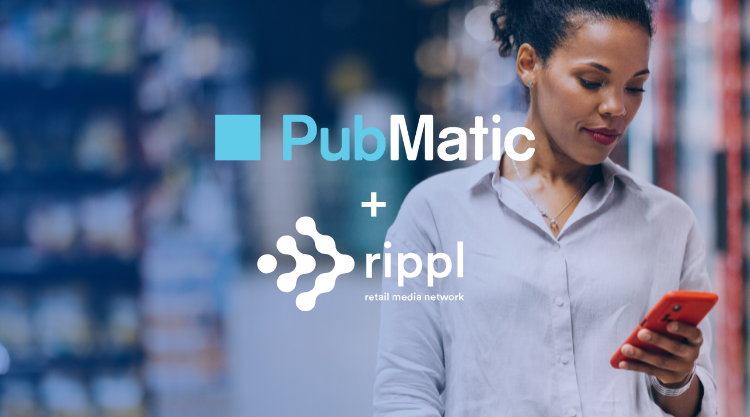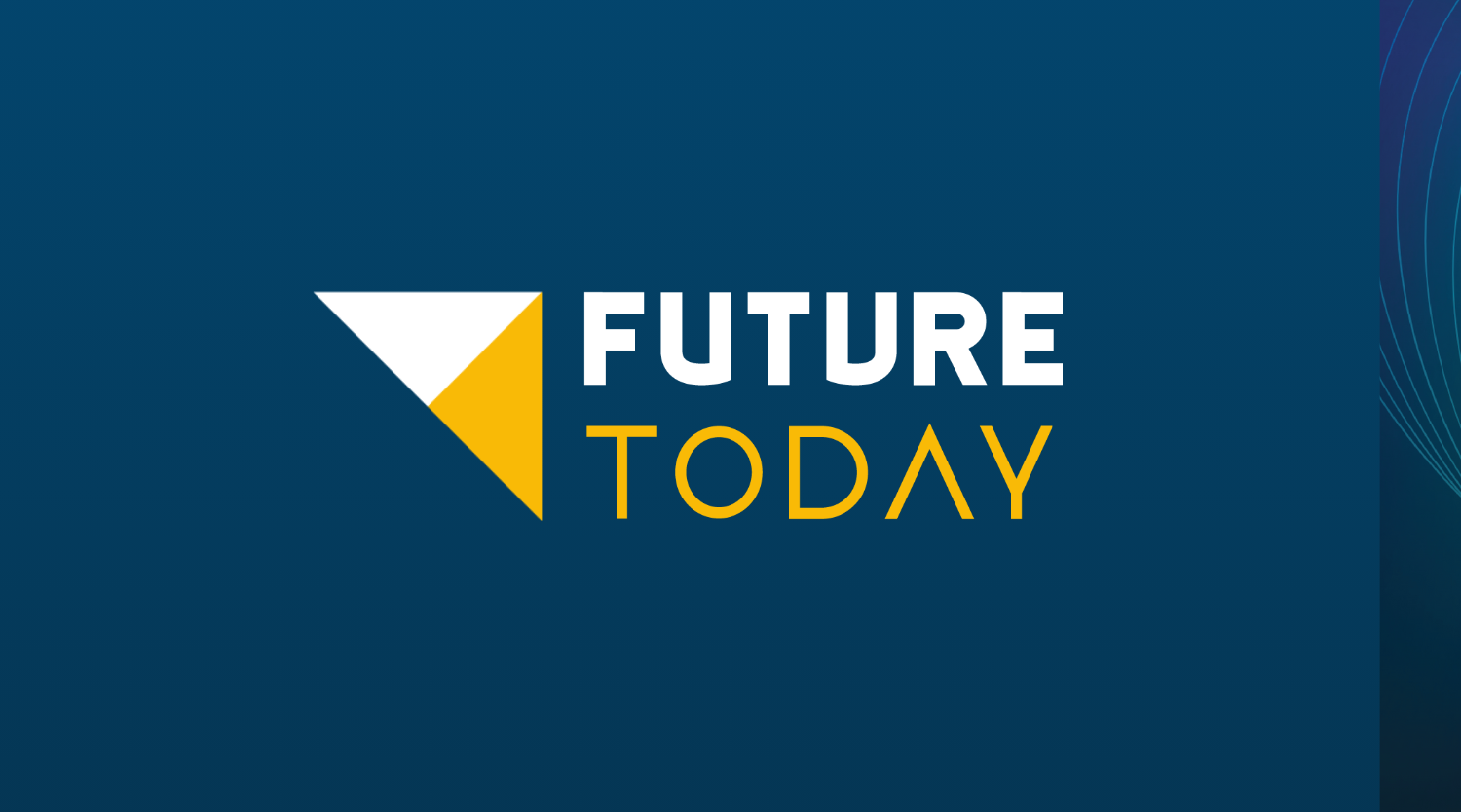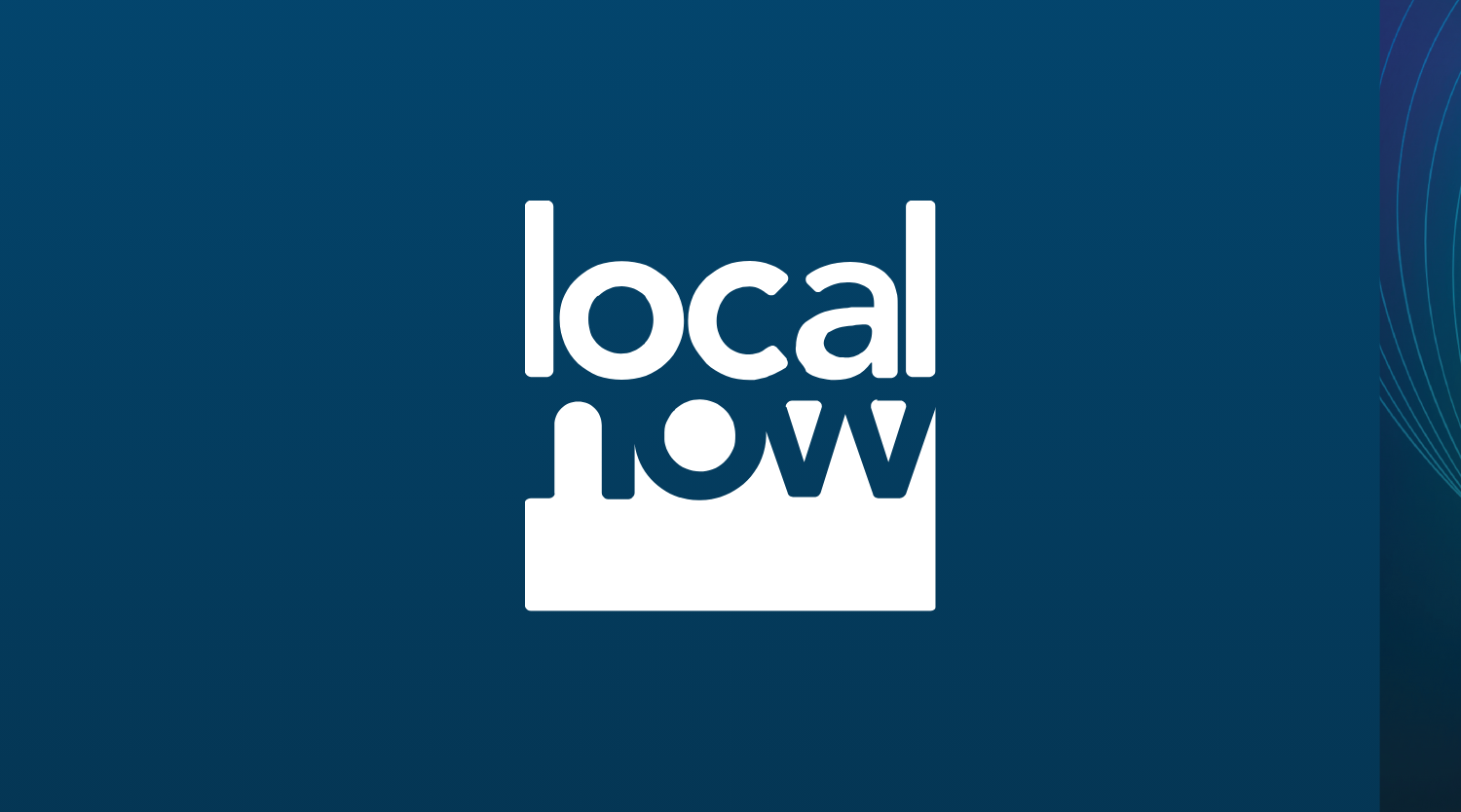The Publisher’s Crystal Ball, Part I: 2016 Consumer Predictions Impacting Digital Media & Advertising
2015 has been a year of incredible growth and change for the digital media and advertising space. From the ever-evolving list of challenges to the growing innovations in technology, publishers have been pushed to find new solutions to advertiser issues and maintain relevance in an increasingly crowded space. As we look forward to 2016, change is the only constant. With that in mind, we’ve put together an overview of our top nine predictions for digital advertising in 2016 – for consumers and for the industry at large. First up, consumer predictions that will impact the digital media industry:
Trend 1: An all-encompassing, connected media experience. What was once the exception in video media consumption is rapidly becoming the norm. Viewing video on internet-connected streaming devices grew 380 percent in the first quarter of 2015 year-over-year (according to an ANA/BrightLine study), and one-third of connected television owners in the U.S. report streaming video every day (according to IAB). This heralds a change for content producers that are now evolving towards new ways of experiencing content, such as virtual reality experiences. With this trend, come new advertising opportunities, including sponsorships, product placement and ad placement within virtual experiences (to predict a few). Storytellers such as The New York Times are already providing new ways to experience news stories through virtual reality, and innovators in media and technology – including Jon Stewart – are coming together to develop new ways of capturing stories with virtual reality. As consumers demand more from their media experiences, advertisers and publishers must be prepared to provide it.
Trend 2: The quest for a truly optimized mobile web. Any discussion about the path forward for media would be a waste of time without serious consideration around mobile. A recent Ericsson study estimates that there are over two billion smartphones in use around the world, which is expected to rise to more than six billion by 2020. PubMatic’s Q3 2015 Quarterly Mobile Index (QMI) report showed that advertisers are responding to this trend, with improved mobile ad design and quality, and for good reason: Mobile CPMs are, according to the QMI, higher to the tune of 34 percent and growing faster, year-over-year, than desktop CPMs. As content experiences change and virtual reality becomes actual reality, the existing mobile experience will also have to change – content will need to load more quickly and accurately, and customers will have high expectations of every experience. Publishers already understand the value of mobile, but the most successful ones are zeroing in on ways to make mobile content experiences easier to use, more consistent and seamless for users.
Trend 3: The media and technology convergence continues… but with more defined roles. Technology and media have long been intertwined, but 2016 will see the two coming together in true partnership to serve consumers’ needs, with each partner driving decision making in their area of expertise. As Direct Marketing News so aptly put it, media and technology have “distinctly different paths [and] strikingly similar futures.” In 2015, we saw a number of media companies such as Gawker attempt to enter the tech space, only to realize that technology is best left to dedicated vendors. As such, in 2016, we see the two types of providers working closely, but with tech experts driving the bulk of the technology decisions.
Trend 4: The truth about native will emerge. Native advertising has proven to be an incredibly enticing tactic, enabling the seamless integration of advertorial content into websites and, most importantly, the preservation of a high-quality user experience. Despite native’s promises, however, the truth is that native is not a single solution – it spans content marketing, customized display and many other bespoke formats. For this reason, scalability is not guaranteed. To create truly valuable, relevant and lucrative experiences for consumers, publishers have to employ a suite of advertising solutions (beyond native).
2016 is shaping up to be a year of incredible change for the ad tech industry, in terms of growth, demand and technological needs. Stay tuned for our next group of predictions for the digital advertising industry.









